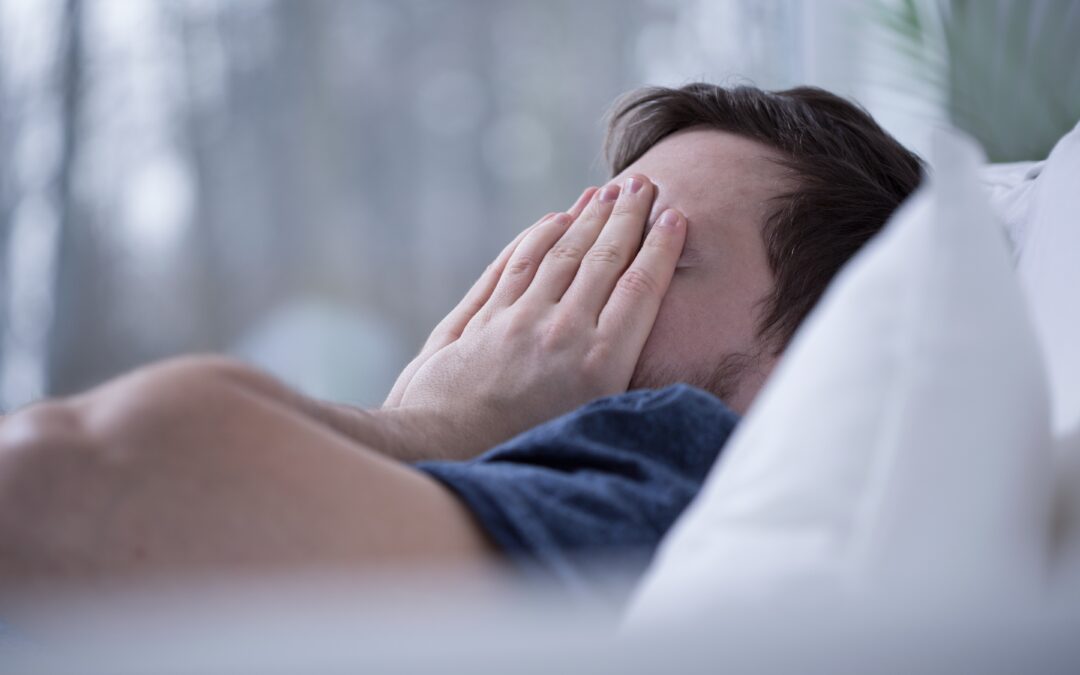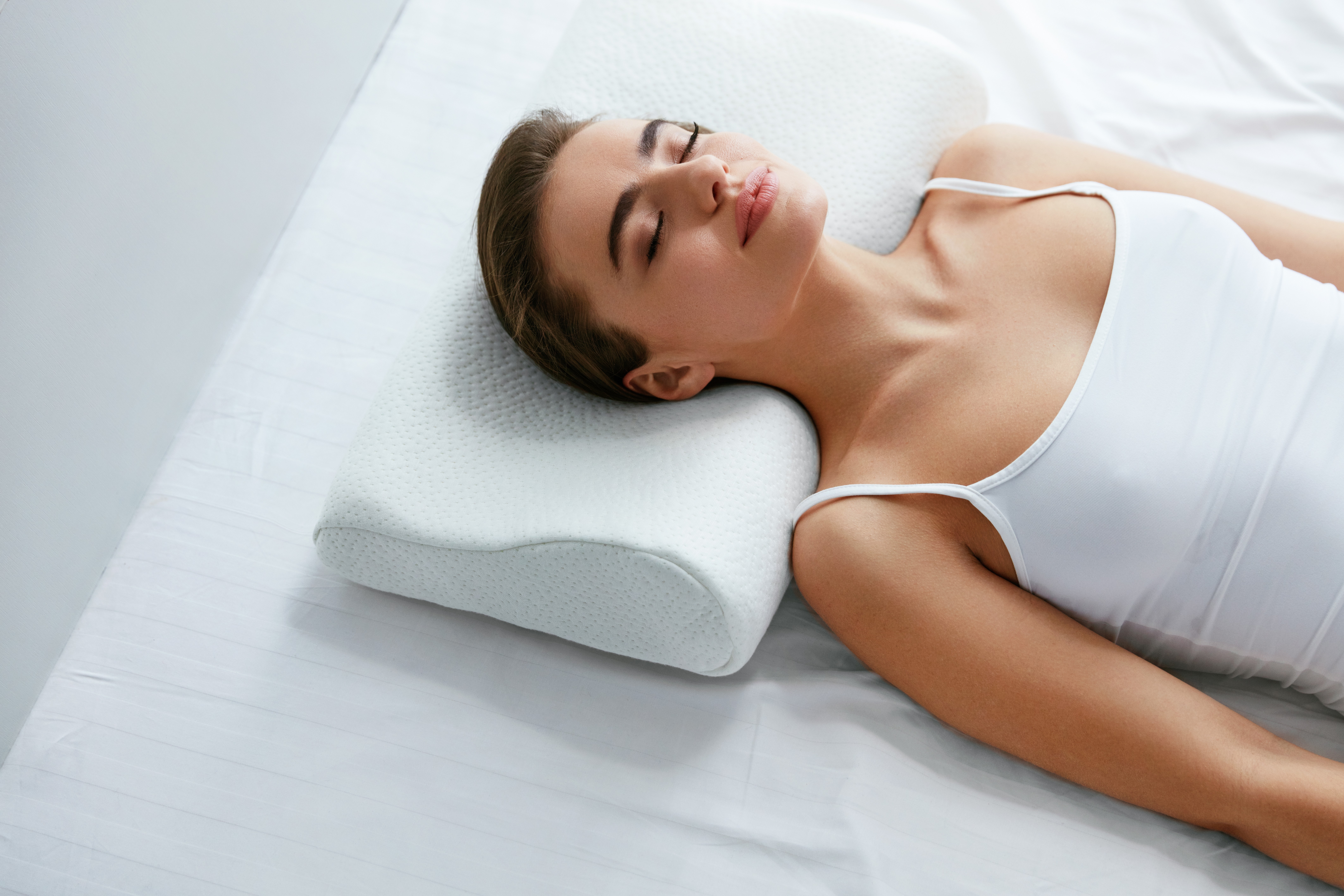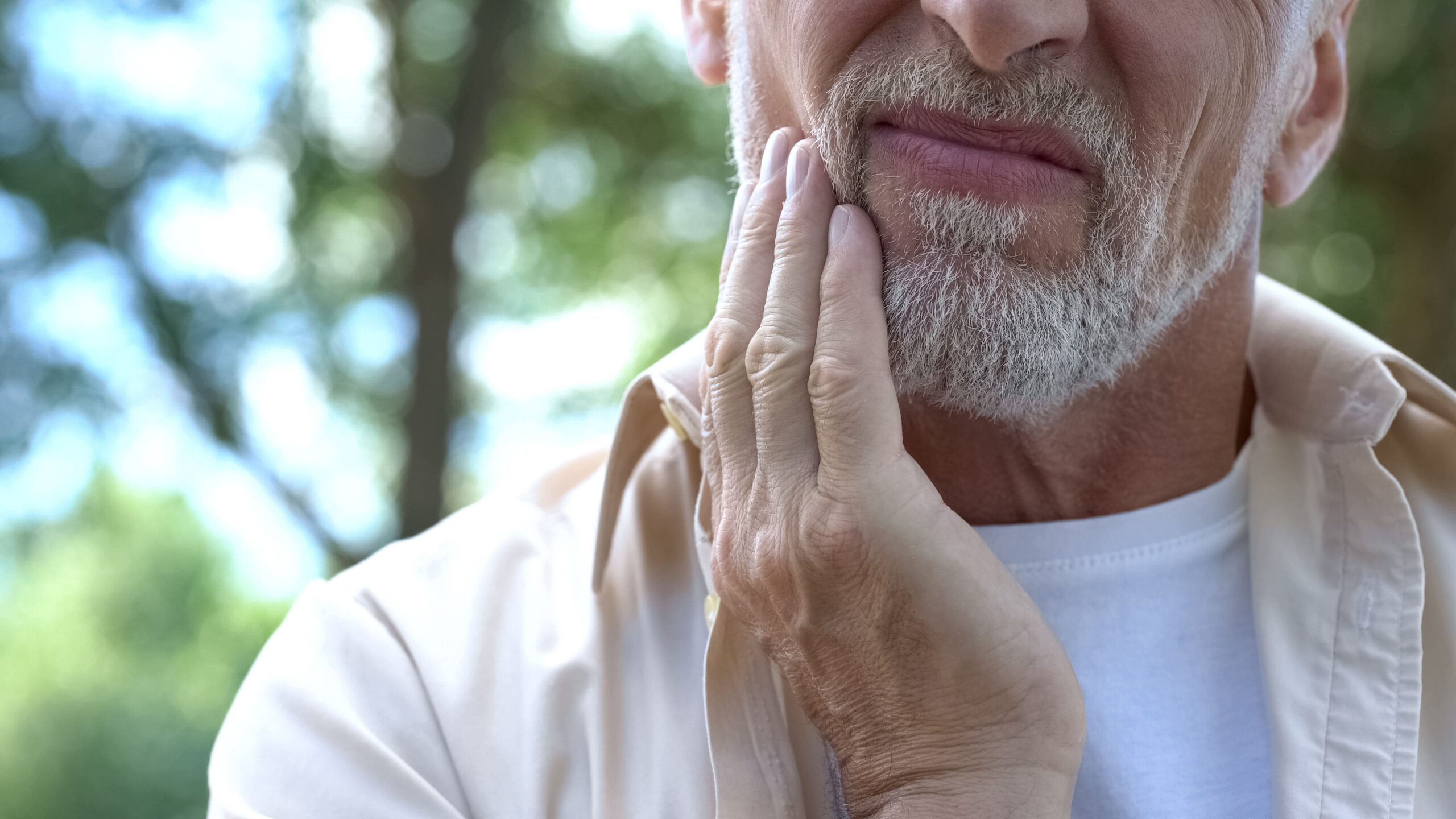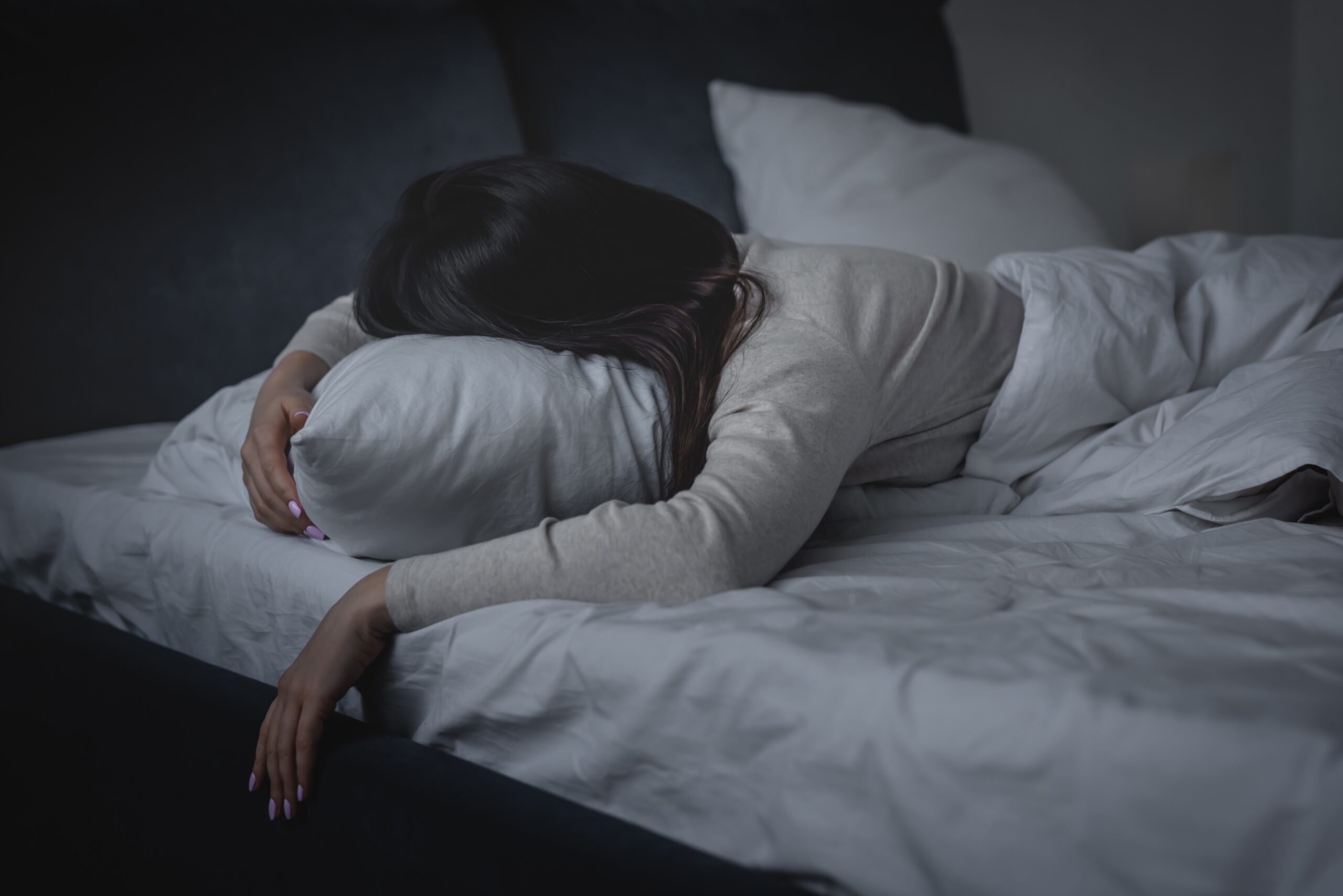Sleep apnea is a common condition, affecting the quality of sleep of millions of individuals around the globe. But what people don’t know is that sleep apnea can be categorized into two types: obstructive sleep apnea (OSA) and central sleep apnea (CSA). They are often confused because they share similarities in symptoms, such as the interruption of breathing during sleep. However, they are not exactly alike.
The best way to treat sleep apnea is to determine what type you have. So, what are the differences between obstructive vs. central sleep apnea? Read on to learn about the conditions and how they can be managed effectively.
Obstructive Sleep Apnea: Causes and Symptoms
OSA is the most common type of sleep apnea, accounting for approximately 84% of all cases. It occurs when the muscles in the back of the throat fail to keep the airway open during sleep, causing breathing to stop and start repeatedly throughout the night.
Common symptoms:
- loud snoring
- gasping or choking during sleep
- excessive daytime sleepiness
- mood swings
- morning headaches
OSA is typically caused by physical factors such as obesity, enlarged tonsils or adenoids, or a narrow airway. Genetics can also play a big part in getting OSA. If you have parents with OSA, you are more likely to get this condition due to having similar anatomical characteristics of the mouth and throat. Those who frequently drink and smoke as well as those who are heavier in weight than average are also at more risk of having OSA.
Central Sleep Apnea: Causes and Symptoms
CSA, on the other hand, is significantly less common and occurs when the brain fails to signal the muscles that help with breathing to breathe during sleep. Unlike OSA, CSA is not typically associated with snoring or gasping for air. It is often associated with underlying medical conditions such as heart failure, stroke, or Parkinson’s disease.
Common symptoms
- difficulty staying asleep
- shortness of breath
- daytime fatigue
Gender and age are risk factors for CSA. Most people with CSA are older males. This type of sleep apnea can be the side effect of taking medicines like morphine and codeine.
Obstructive Sleep Apnea: Treatment
OSA can often be treated with lifestyle modifications such as weight loss, avoiding alcohol and sedatives before bed, and sleeping on your side. Some people are also recommended to undergo surgery.
Central Sleep Apnea: Treatment
CSA is typically treated by addressing the underlying medical condition that is causing sleep apnea. Some people take medicine to stimulate the brain, which helps improve the quality of sleep.
While both OSA and CSA are types of sleep apnea that involve the interruption of breathing during sleep, they differ in their causes, symptoms, and treatment. If you suspect that you or a loved one may be experiencing sleep apnea, it is important to seek medical attention. Head Pain Institute has more than eight decades of combined experience in the field. Call us today for more information about our services.



